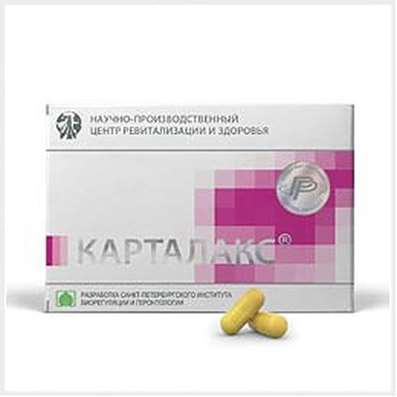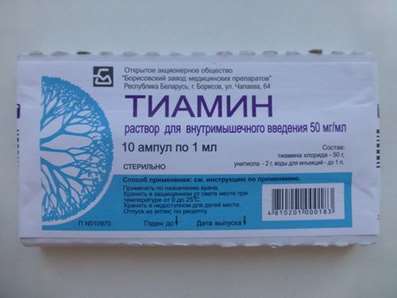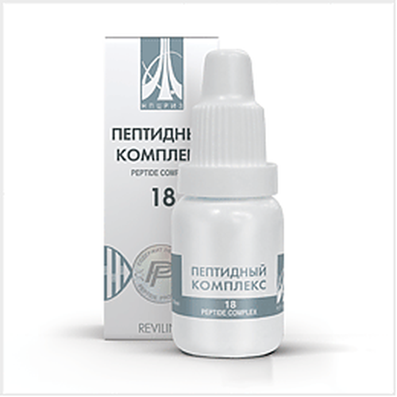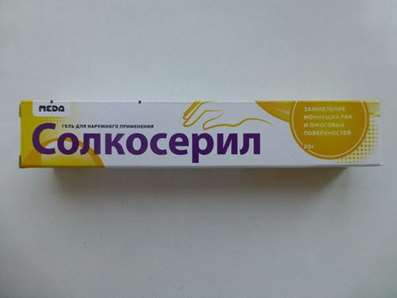Instruction for use: Tirlor
I want this, give me price
Dosage form: Tablets
Active substance: Loratadinum
ATX
R06AX13 Loratadine
Pharmacological groups:
H1-antihistamines
The nosological classification (ICD-10)
H10.1 Acute atopic conjunctivitis: Allergic conjunctivitis; Allergic eye diseases; Allergic conjunctivitis; Allergic conjunctivitis caused by chemical and physical factors; Allergic rhinoconjunctivitis; Allergic inflammation of the eyes; Spring Qatar; Spring keratitis; Spring conjunctivitis; Conjunctivitis allergic; Year-round allergic conjunctivitis; Exacerbation of pollinosis in the form of rhinoconjunctival syndrome; Acute allergic keratoconjunctivitis; Acute allergic conjunctivitis; Superficial bacterial infection of the eyes; Rhinoconjunctivitis; Seasonal allergic conjunctivitis; Seasonal conjunctivitis; SENSORY; Chronic allergic keratoconjunctivitis; Chronic allergic conjunctivitis
J30 Vasomotor and allergic rhinitis: Allergic rhinopathy; Allergic rhinosinusopathy; Allergic diseases of the upper respiratory tract; Allergic rhinitis; Allergic rhinitis seasonal; Vasomotor runny nose; Prolonged allergic rhinitis; All-year-round allergic rhinitis; All-year allergic rhinitis; Year-round or seasonal allergic rhinitis; All-the-year-round rhinitis of an allergic nature; Rhinitis vasomotor allergic; Exacerbation of pollinosis in the form of rhinoconjunctival syndrome; Acute allergic rhinitis; Edema of the nasal mucosa; Edema of the nasal mucosa; Edema of the mucous membrane of the nasal cavity; Swelling of the nasal mucosa; Swelling of the nasal mucosa; Pollinosis; Permanent allergic rhinitis; Rhinoconjunctivitis; Rhinosinusitis; Rhinosinusopathy; Seasonal allergic rhinitis; Seasonal allergic rhinitis; Hay rhinitis; Chronic allergic rhinitis; Allergic diseases of the respiratory tract
L20 Atopic dermatitis: Allergic diseases of the skin; Allergic skin disease noninfectious etiology; Allergic skin disease etiology nemikrobnoy; Allergic skin diseases; Allergic skin lesions; Allergic reactions on the skin; atopic dermatitis; Allergic dermatosis; Allergic diathesis; Allergic itching dermatosis; Allergic skin disease; Allergic skin irritation; allergic Dermatitis; atopic Dermatitis; allergic dermatoses; exudative diathesis; Itchy atopic eczema Itchy allergic dermatosis; Allergic skin disease; Cutaneous allergic reaction to drugs and chemicals; Cutaneous reactions to medications; Skin and allergic disease; Acute eczema; common neurodermatitis; Chronic atopic dermatitis; Exudative diathesis
L29 Itching: Itching with partial obstruction of the biliary tract; Dermatitis itchy; Dermatosis with persistent itching; Other itching dermatoses; Itching dermatoses; Itching allergic dermatosis; Itching dermatitis; Itching dermatosis; Itching itch; Excruciating itching; Severe itching; Endogenous itching; Skin itching with dermatosis; Restricted itchy dermatitis; Itching of the skin; Itchy scalp; Itching eczema
L50 Urticaria: Idiopathic chronic urticarial; Injury Urticaria; Chronic urticarial; Hives of the newborn
T78.3 Angioedema: Edema Quincke; Laryngeal exacerbation with angioneurotic edema; Recurrent angioedema; Allergic edema; Recurrent swelling of Quincy
T78.4 Unspecified Allergy: Allergic reactions to insulin; Allergic reactions to insect stings; Allergic reactions similar to systemic lupus erythematosus; Allergic diseases; Allergic diseases of mucous membranes; Allergic diseases and conditions resulting from increased release of histamine; Allergic diseases of mucous membranes; Allergic symptoms; Allergic symptoms in the mucous membranes; Allergic reactions; Allergic reactions caused by insect bites; Allergic reactions; Allergic conditions; Allergic laryngeal edema; allergopathy; allergic conditions; Allergy; House dust allergy; Anaphylaxis; Cutaneous reactions to medications; Skin reaction to insect stings; Cosmetic allergy; Drug allergy; Acute allergic reaction; Laryngeal edema allergic genesis and background radiation; Food and drug allergy
Composition anf release form
1 tablet contains loratadine 10 mg; In blistere 10 pcs., In a cardboard bundle 1 blister.
Pharmachologic effect
Mode of action - antiallergic, antihistamine, antipruritic, antiexudative.
Selectively blocks H1gistaminovye receptors and prevents the action of histamine on smooth muscles and blood vessels, reduces the permeability of capillaries, inhibits exudation, reduces itching.
Pharmacodynamics
The effect develops 30 minutes after taking 1 tablet and persists for 24 hours.
Pharmacokinetics
Well absorbed from the digestive tract. Cmax in the blood is created after 1.3-2.5 hours. Biotransformed in the liver to form an active metabolite of descarbotoxyloratadine, excreted in the urine for 24 hours. It penetrates into breast milk.
Indication for the Tirlor
Allergic rhinitis (seasonal and year-round), allergic conjunctivitis, hay fever, urticaria, incl. Chronic idiopathic, angioedema, pseudoallergic reactions, itchy dermatoses, allergic reactions to insect bites.
Contraindications
Hypersensitivity, breast-feeding, age to 2 years.
Application in pregnancy and breastfeeding
Perhaps, if the expected effect of therapy exceeds the potential risk to the fetus. For the duration of treatment, breastfeeding should be stopped.
Side effects
From the nervous system and sensory organs: headache, dizziness, fatigue, excitement (in children).
On the part of the intestine: dry mouth, nausea, vomiting, gastritis, a violation of liver function.
Other: alopecia, cough, tachycardia, allergic reactions.
Interaction
Erythromycin, ketoconazole, cimetidine increase the concentration.
Dosing and Administration
Inside, adults, children over 12 years of age and with a body weight of more than 30 kg: 10 mg (1 table) once a day. If the liver function is impaired, the initial dose is 5 mg / day. Children from 2 to 12 years - 5 mg / day (1/2 table).
Overdose
Symptoms: headache, drowsiness, tachycardia.
Treatment: removal of the drug from the digestive tract; Symptomatic and supportive therapy.
Storage conditions of the drug Tirlor
In a dry, the dark place at a temperature of no higher than 30 ° C.
Keep out of the reach of children.
Shelf life of the drug Tirlor
3 years.
Do not use after the expiry date printed on the package.

 Cart
Cart





